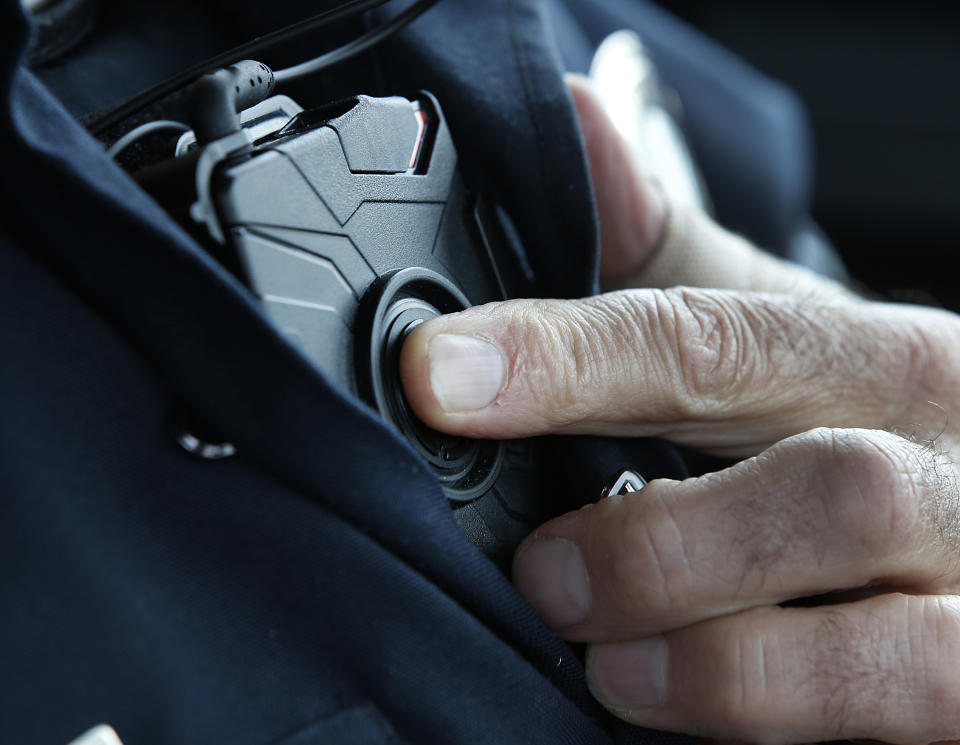Taser maker plays a big role in training police amid the George Floyd protests: CEO
Rick Smith — who founded the company formerly known as Taser in 1993 but now known as Axon — acknowledges the embedded problems in this country with policing and hopes to play a key role in developing solutions.
No doubt those problems were on full display in the senseless murder of George Floyd by Minnesota police in late May. And they have continued in the wake of the Floyd’s death in the form of police hitting oftentimes peaceful protestors with tear gas, pepper spray and rubber bullets. In some cases, tasers have come out in force.
“We have a big role to play in providing the tools and technology backbone for much of police training. And we think there’s a huge role for us to play in helping introduce new ways to train police to really squash out some of the behaviors that we saw that I think everybody agrees are unacceptable,” Smith said on Yahoo Finance’s The First Trade.
Axon sells cloud computing services and body cameras alongside its tasers to police forces, working with 17,000 out of the 18,000 law enforcement agencies in the U.S. The 1,200 largest police agencies represent 70% to 80% of Axon’s total revenue.

Smith has devoted his entire career to eventually having a tool in the market that replaces the bullet. That may be still be a decade or so away, Smith says. In the meantime, better police training and continuous technological improvement on tasers will be focus points by Smith and his team.
“In the last few days, we have actually really taken a hard look at ourselves and really put a focus on what we could do to add systemic bias to the problems we want to solve,” Smith explained. “We’re the market leader in using virtual reality to put police through different types of scenarios to teach them different skills around empathy and dealing with the people they are dealing with. One can imagine one of the scenarios we’re planning to build is now putting police officers in a scenario where they have to intervene when they see each other officers crossing the line. That’s an important cultural barrier we have to break.”
Brian Sozzi is an editor-at-large and co-anchor of The First Trade at Yahoo Finance. Follow Sozzi on Twitter @BrianSozzi and on LinkedIn.
Read the latest financial and business news from Yahoo Finance
Levi's reports solid quarterly earnings, CEO says jeans maker will come out of coronavirus stronger
Yum! Brands CEO on how his 50,000 restaurants are doing amidst the coronavirus pandemic
Grubhub founder: our sign-ups are surging during the coronavirus
HP CEO: here’s how we are helping coronavirus relief efforts
Follow Yahoo Finance on Twitter, Facebook, Instagram, Flipboard, SmartNews, LinkedIn, YouTube, and reddit.

